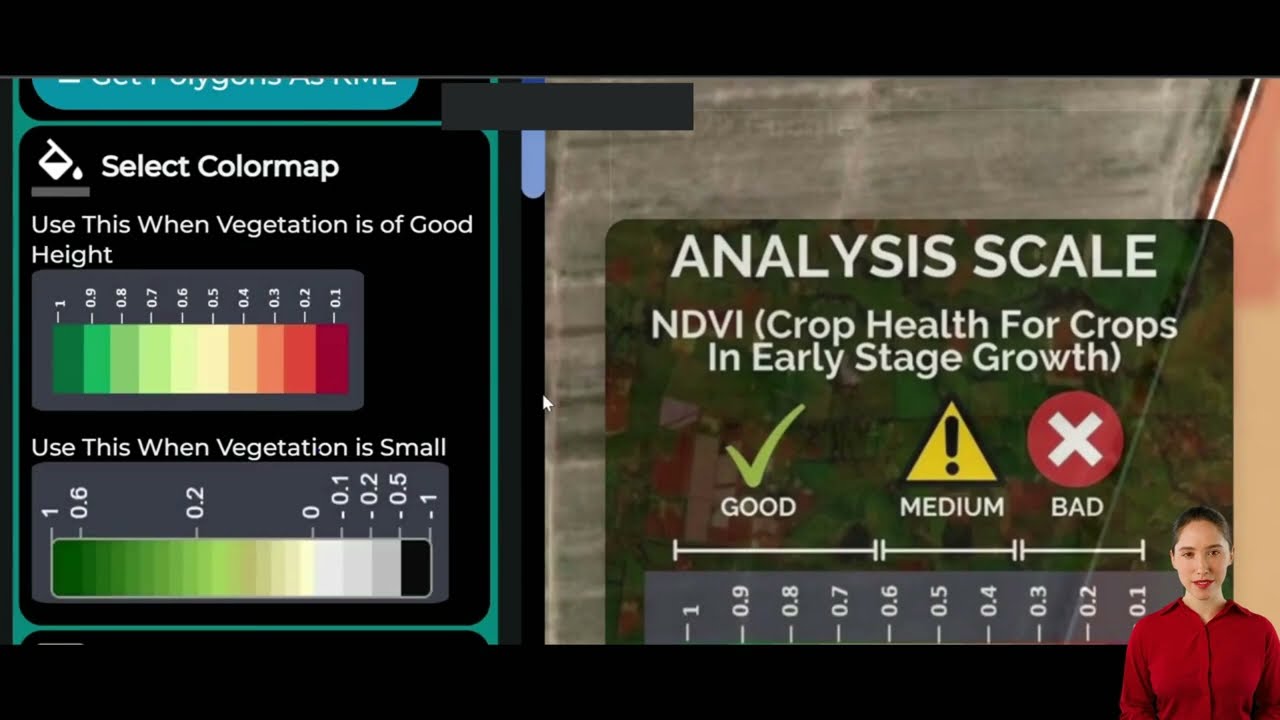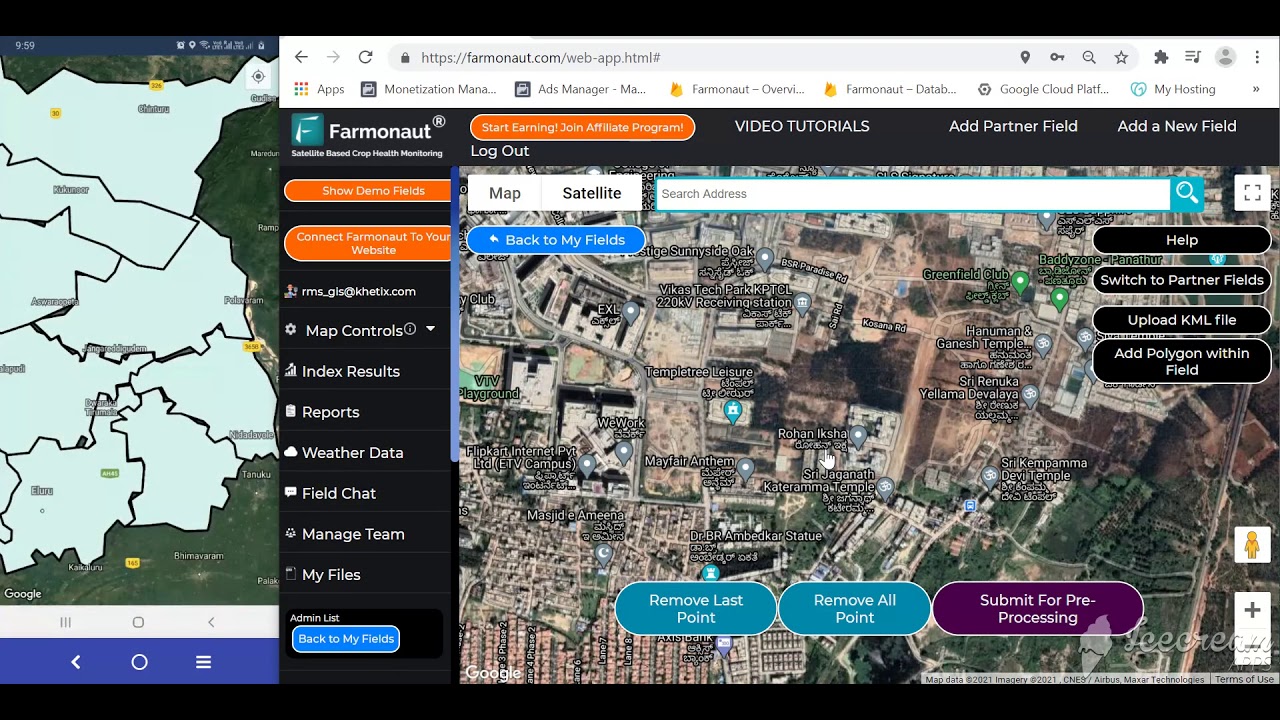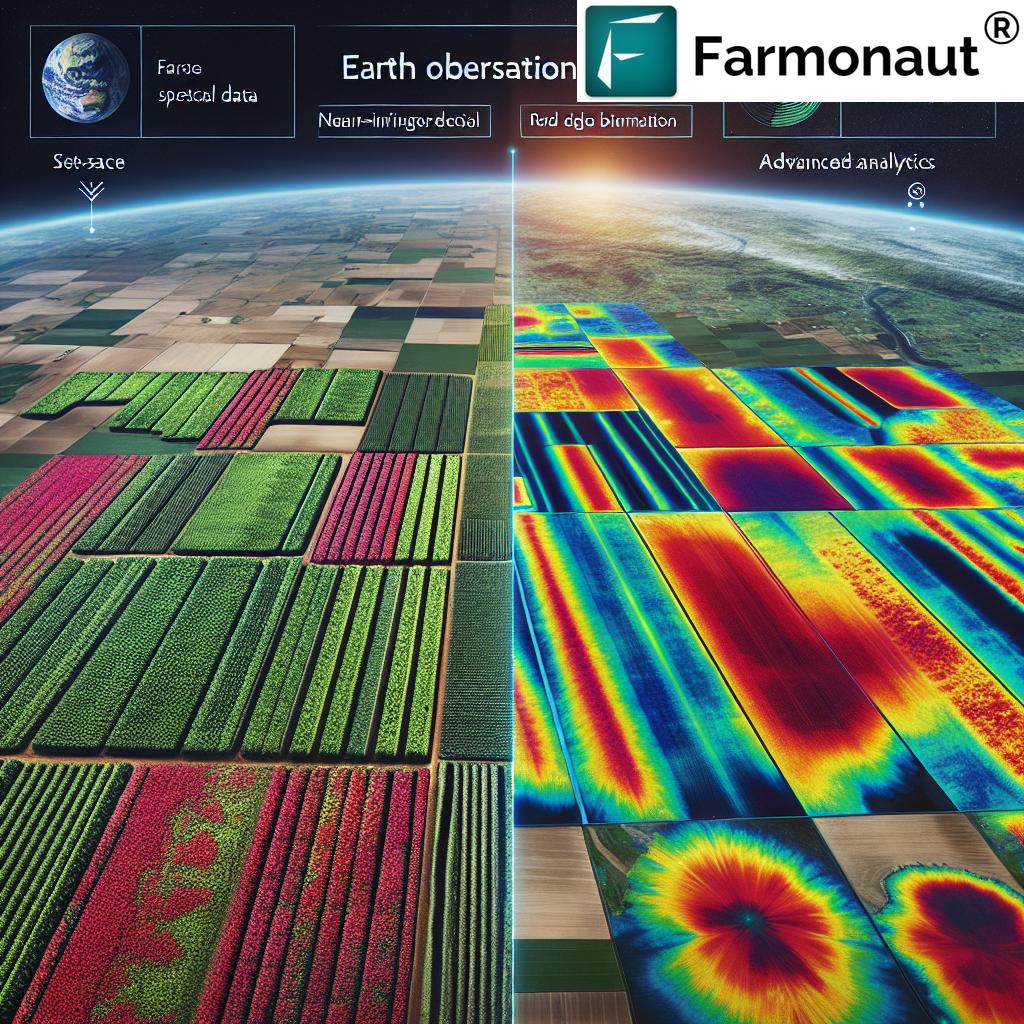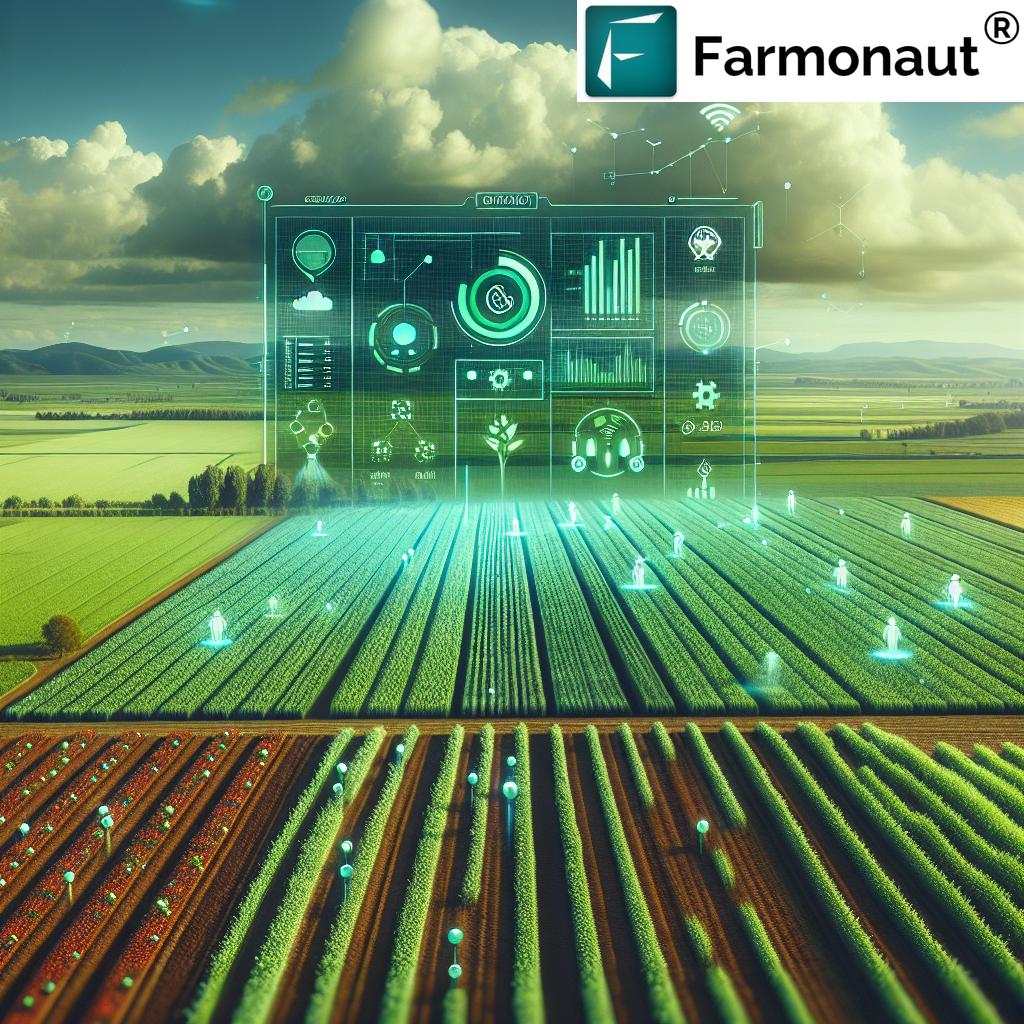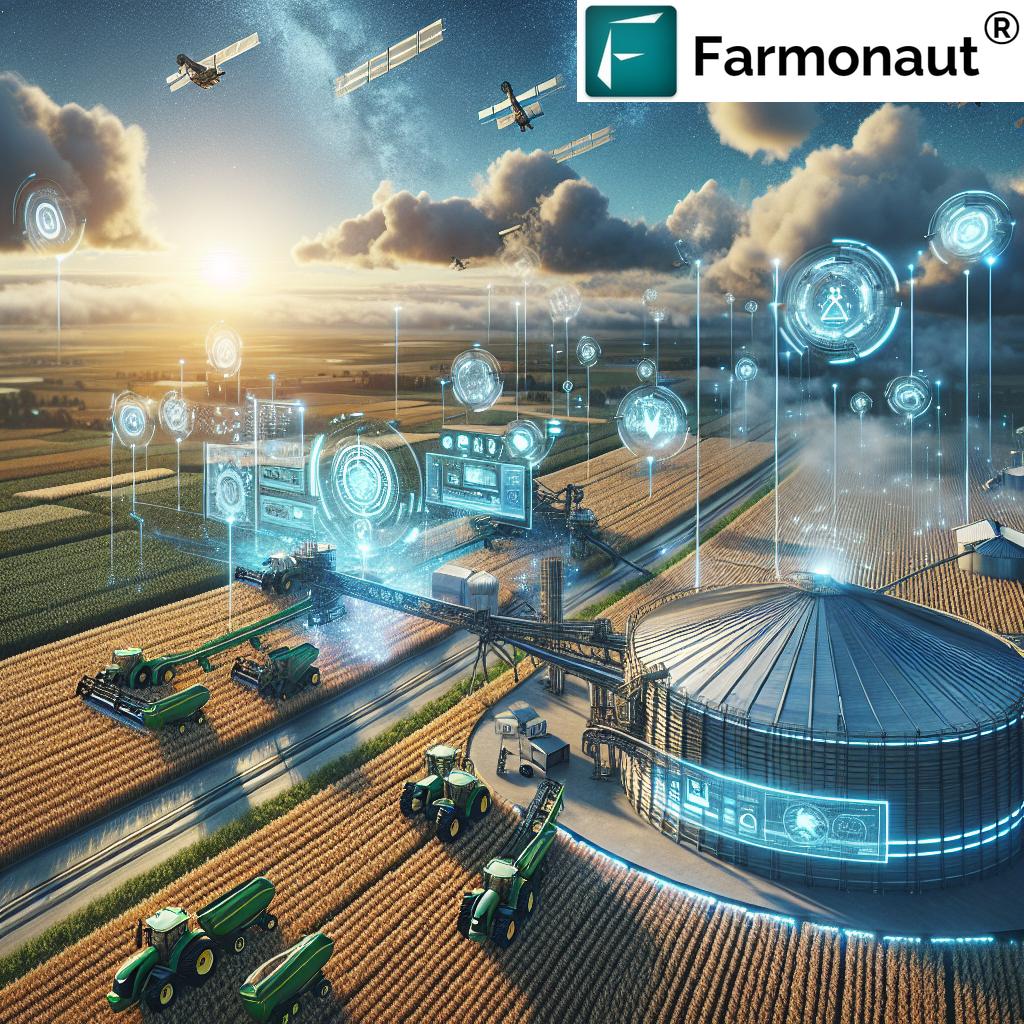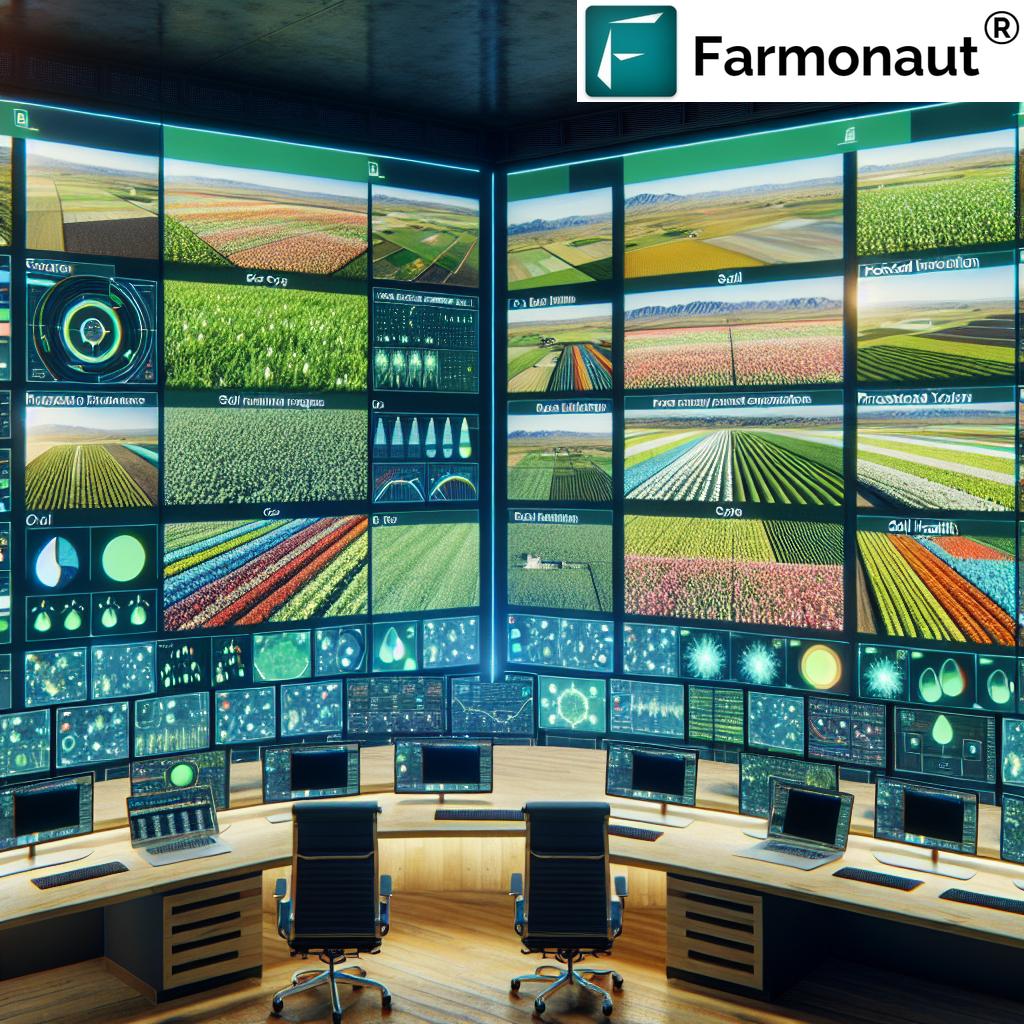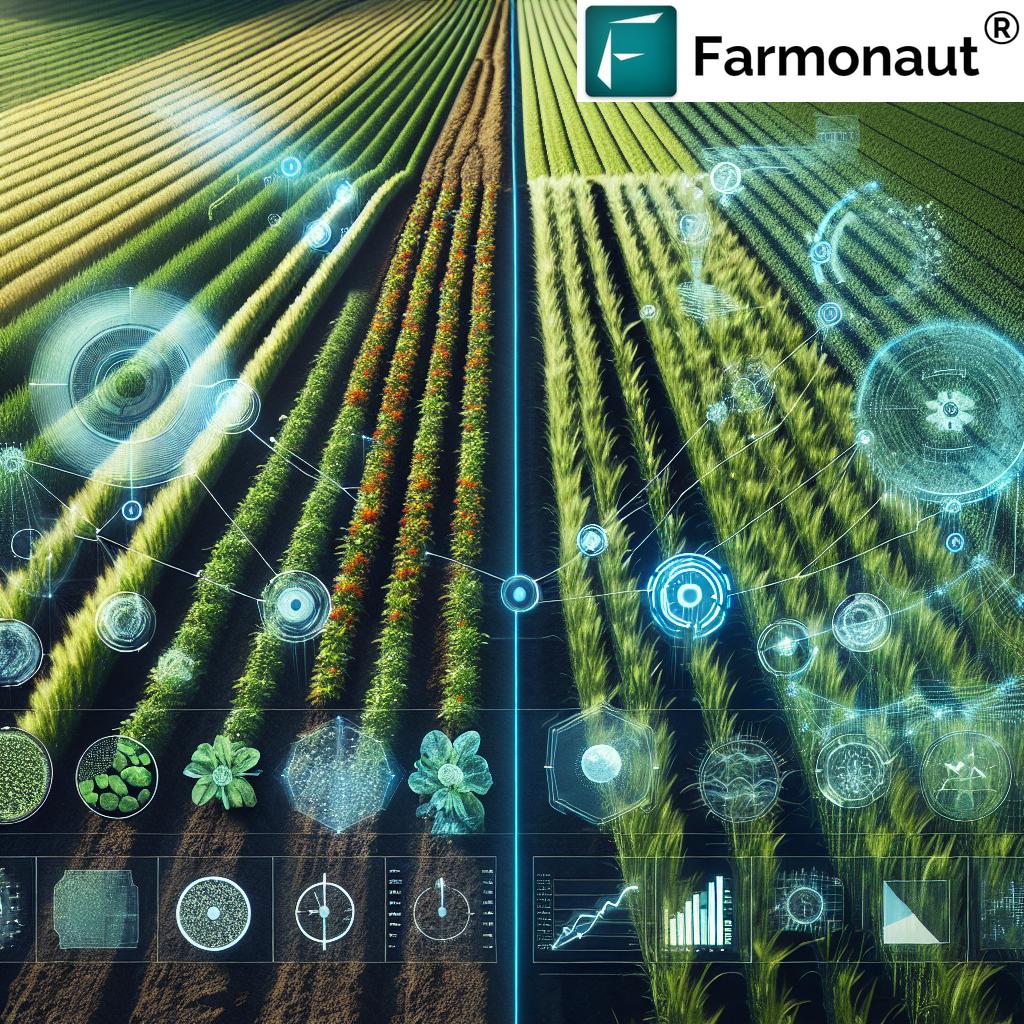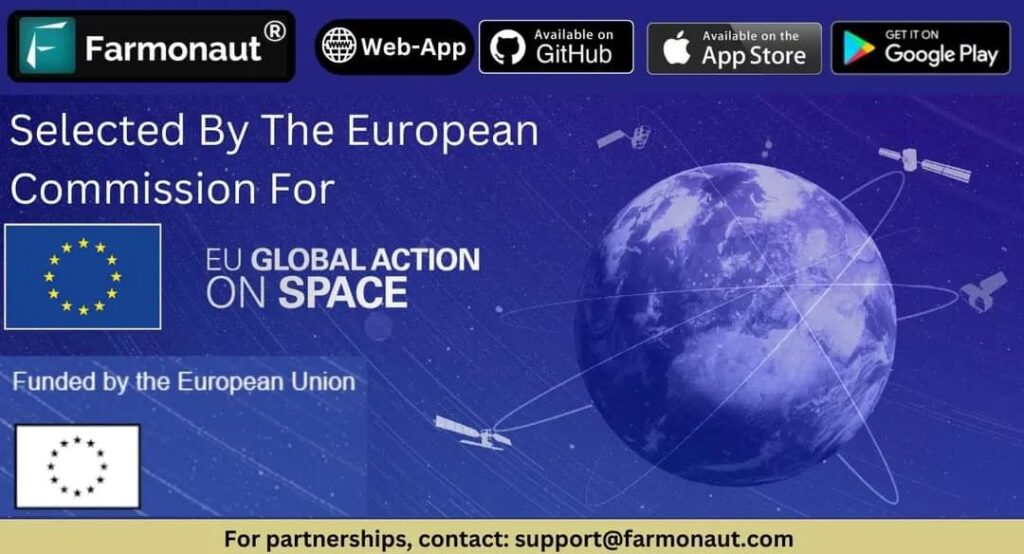Tractor GPS Tracking: Boost Farm Yields Instantly!
Meta Description: Discover how tractor GPS tracking transforms agriculture, enhancing precision, efficiency, and profitability in modern farm operations for higher yields and sustainable farming.
“Tractor GPS tracking can increase farm yields by up to 20% through precise field mapping and optimized planting.”
Introduction: The Innovation Driving Modern Agriculture
In today’s swiftly advancing landscape of agriculture, technology is revolutionizing our approach to farm operations. The integration of GPS technology into tractors has emerged as a game-changer, positioning itself at the heart of precision farming. From ensuring accurate input application and uniform coverage of fields to tangible improvements in sustainability, efficiency, and profitability, tractor GPS systems represent the cutting edge in agricultural technology.
As farmers, embracing innovation isn’t just an industry trend—it’s key to future-proofing operations, maximizing yields, and sustaining our fields for generations to come. Let’s explore the transformative power of GPS and how we, as agricultural professionals, can leverage this technology to reshape modern farming.
What is Tractor GPS Tracking?
Tractor GPS tracking is the integration of Global Positioning System (GPS) units into tractors and other farm machinery. Distinct from traditional navigation tools, these systems provide real-time, highly accurate location data. This paves the way for precision farming solutions—enabling operators to monitor, map, and manage field operations with unprecedented precision.
Here’s what defines a tractor GPS system:
- Uses satellite signals to pinpoint tractor locations on the farm with sub-meter (and often centimeter) accuracy
- Can be deployed across fields of varying sizes and topographies
- Supports integration with farm management software and other technologies for comprehensive analytics
- Enables automated steering, section control, and path optimization to maximize coverage and minimize input waste
- Records detailed data on input usage, operational activities, and equipment performance
By overlaying real-time geographical information with agronomic data, these systems form the backbone of modern precision agriculture.
Precision Farming Solutions: Accuracy and Efficiency with Tractor GPS Systems
GPS technology in agriculture has unlocked a new era of accuracy and operational efficiency. By plotting predetermined paths, tractor GPS systems guide farm equipment consistently across the field. The outcome? Uniform coverage, minimal overlap, and a substantial reduction in both missed and redundant areas.
Key Efficiency Benefits:
- Uniform Input Application: Seed, fertilizers, and pesticides are applied in precise amounts, reducing waste.
- Time-Saving Operations: Automated steering ensures jobs are completed faster and more consistently.
- Minimized Resource Waste: Overlap is drastically reduced, meaning inputs are only applied where needed.
- Higher Accuracy in Coverage: No missed strips or double-application zones, optimizing every square meter of the field.
According to industry research, precise field mapping with GPS can cut input waste by up to 15% and fuel costs by a similar margin. This creates an environment where savings, sustainability, and productivity are inseparable.
Improving Resource Management with GPS
One of the greatest strengths of GPS technology in agriculture is the ability for farmers to apply resources precisely where their fields demand it most. This is exemplified in Variable Rate Application (VRA).
How Variable Rate Application (VRA) Works:
- Fields are mapped using GPS and remote sensing data
- Areas with different soil conditions, moisture levels, or productivity potential are identified
- Application equipment is programmed to adjust input rates automatically at each zone
With VRA, we apply fertilizers and pesticides precisely—not too much, not too little—ensuring each crop zone gets its optimal amount. This targeted approach reduces waste, minimizes environmental impact, and supports sustainable farming practices.
Farmonaut’s platform further enhances resource management by offering real-time carbon footprinting data and fleet management tools, ensuring our operational decisions are both efficient and environmentally conscious.
Data Collection for Informed Decision-Making
Modern GPS systems do more than guide tractors in straight lines—they are sophisticated tools for comprehensive data collection. Here’s how gps technology enables informed decisions that boost both efficiency and yields:
- Recording Operations: Every pass, input, and activity is logged with precise timing and location.
- Field Condition Monitoring: Data on soil, crop health, and input usage are tracked and stored, assisting post-harvest analysis.
- Identifying Underperforming Areas: By overlaying yield maps with input application data, we can spot areas that need intervention.
- Evaluating Interventions: Assess the effectiveness of different practices and adapt for future seasons.
The ability to aggregate and analyze this data grants us new perspectives, unlocking actionable insights to improve productivity in every acre.
If you’re looking to take comprehensive control of your farm’s operational analytics, consider integrating with Farmonaut’s API or view the full API developer documentation for seamless data-driven management.
“Over 70% of large farms now use GPS technology to reduce input costs and improve operational efficiency.”
Environmental Sustainability and GPS
Sustainability may be the defining challenge of 21st-century farming. GPS-guided tractors are powerful allies in this mission, delivering:
- Reduced Chemical Runoff: By applying fertilizers and pesticides precisely, we prevent excess chemicals from reaching waterways and sensitive areas.
- Soil Health Preservation: Efficient routes mean less soil compaction and less damage to the field structure.
- Water Conservation: Optimized input application reduces overwatering and mitigates water wastage.
With GPS technology in agriculture and solutions like carbon footprint tracking via Farmonaut, modern farmers can quantitatively track and reduce the impact of their activities, moving toward ever-more sustainable practices.
Operational Cost Reduction Through GPS Tracking
Tractor GPS tracking is not just about accuracy—it’s about profitability and cost control. Here’s how farmers are seeing significant savings:
- Fuel Efficiency: Optimized routes and less idle time result in noticeable fuel savings.
- Labor Cost Reductions: Automated steering and guidance systems mean operators can work longer with less fatigue, reducing labor hours and errors.
- Maintenance Cost Reduction: Real-time data on equipment performance enables preventive maintenance, extending machinery lifespan and avoiding unexpected repairs.
- Input Cost Control: With variable rate application farming, only the necessary amount of seed, fertilizer, and pesticide is used per area.
Want to further reduce farm costs with GPS? Explore Farmonaut’s dedicated fleet management solution for end-to-end farm equipment tracking and resource optimization.
Productivity, Profitability, and Safety
The cumulative result of these GPS-powered advantages is higher yields and greater profitability—all delivered with additional safety for operators.
Increased Productivity
- Covers more land area per day
- Enables larger-scale operations without compromising accuracy or yield potential
- Reduces time spent managing repetitive or overlap-prone operations
Enhanced Profitability
- Reduced input and fuel costs mean profit margins are improved
- Higher and more uniform yields due to precise field management
- Improved decision making from analytics increases long-term farm profitability
Operator Safety & Comfort
- Reduced Fatigue: Automated navigation and steering mean less mental and physical strain
- Fewer Accidents: With technology handling steering, the risk of human error drops significantly
- Better Focus: Operators can concentrate on monitoring field and equipment data, rather than just steering
Adopting tractor GPS systems leads to tangible lifestyle improvements for farm operators—benefits that are just as valuable as the economic gains.
For guidance on managing your agricultural workforce and field operations safely and efficiently, see Farmonaut’s large scale farm management tools.
Scalability and Integration Advantages: GPS in Modern Agricultural Operations
GPS technology isn’t limited by field size or location. Its scalability empowers all types of farmers, from smallholders to global agribusinesses. Whether we’re managing a single plot or overseeing vast multi-hectare operations, GPS systems can be tailored to our specific requirements.
Integration with other agricultural technologies—such as yield monitors, soil sensors, and UAVs—augments the depth and value of our analytics. This interconnected approach enables:
- Holistic farm monitoring with insights into every aspect of field productivity
- Data-driven mapping of input needs, crop performance, soil moisture, and more
- Seamless coordination between different phases of fieldwork
- Customizable systems that grow with your operational demands
Want an end-to-end agricultural GPS integration platform? Farmonaut offers advanced satellite-based advisory systems, real-time remote sensing, and resource management tailored for operational scale.
Farmonaut: Redefining Precision Agriculture Worldwide
As a leading agricultural technology platform, Farmonaut is dedicated to making precision agriculture affordable and accessible for farmers of all sizes and regions. Let’s take a closer look at what differentiates Farmonaut’s approach:
Our Core Technologies
- Satellite-Based Crop Health Monitoring: Get rich, multispectral field data including NDVI, soil moisture, crop health, and vegetative vigor—all accessible in real time via our app and web portal.
- AI Advisory Engine (Jeevn): Leverage AI-powered insights for weather, input use, and expert crop management strategies—personalized to your field’s needs.
- Blockchain-Based Traceability: For supply chain transparency, our platform includes product traceability modules — enhancing trust and minimizing fraud from farm to fork.
- Fleet and Resource Management: Plan, track, and optimize farm fleets using advanced resource management tools to ensure every machine and operator delivers peak performance.
- Carbon Footprinting: Monitor and reduce your environmental impact with real-time carbon footprint data and targeted sustainability recommendations.
- Crop Loan & Insurance Assistance: Streamline access to finance and insurance with satellite-verified crop loan and insurance assessments, boosting both transparency for lenders and confidence for borrowers.
Our Global Reach & Value Proposition
- Subscription-Based, Scalable Platform: Flexible pricing for individual farmers, cooperatives, and large agribusinesses
- API Access: Integrate satellite and weather data directly into existing management systems (see the Farmonaut API for more)
- Real-Time, Actionable Data: Make smarter decisions, reduce costs, and improve yields based on comprehensive analytics
- Focus on Sustainability: Tools to help you monitor and improve your farm’s environmental performance
Comparative Benefits Table: Tractor GPS Tracking vs Traditional Methods
| Farming Metric | Traditional Methods (Estimated Value) |
With GPS Tracking (Estimated Value) |
Benefit/Improvement (%) |
|---|---|---|---|
| Fuel Efficiency | 100 liters/ha | 85 liters/ha | 15% Reduction |
| Field Coverage Accuracy | 85% | 98% | +15% |
| Yield Increase | Baseline | +10% to 20% | Up to +20% |
| Labor Cost | 1.0x (standard) | 0.8x (with reduced overtime) | Up to 20% Reduction |
| Input Usage Efficiency | Baseline | +10% less input needed | +10% Efficiency |
| Chemical/Waste Runoff | High | Minimal | Up to 30% Reduction |
| Profit Margin | Baseline | Up to +25% | Up to 25% |
| Operator Fatigue/Accidents | Frequent | Rare | Significantly Lower |
Overcoming Challenges in GPS Adoption
While the benefits of tractor GPS tracking are undeniable, it’s important to candidly address potential challenges:
- Initial Costs: High upfront investment in GPS equipment and setup may hinder some farmers from immediate adoption.
- Technical Complexity: New technologies require a learning curve and operator training time.
- Signal Interruptions: Weather, terrain, or physical obstructions can interfere with GPS signal accuracy.
- Ongoing Maintenance: For optimal performance, equipment must be well maintained and regularly updated.
As technology evolves, user-friendliness, affordability, and reliability continue to improve, making it easier to implement these systems at all scales and geographies.
To optimize resource allocation and insurance compliance, Farmonaut offers crop loan and insurance modules, reducing risks for both growers and lenders.
The Future of GPS Technology in Agriculture
The next decade holds immense promise for GPS technology in agriculture:
- Even higher positional accuracy with advances in satellite networks
- AI-driven automation for adaptive input application and autonomous vehicles
- Greater interoperability among platforms and analytics tools
- Increased accessibility as upfront costs come down and as subscription-based platforms (like Farmonaut) democratize access for all farmers
- Enhanced sustainability reporting and compliance features for environmental stewardship
Embracing new technologies today ensures our farms—and our planet—remain productive and resilient for the future.
Frequently Asked Questions (FAQ)
What is tractor GPS tracking, and how does it work?
Tractor GPS tracking uses satellite technology to monitor, guide, and manage the position of tractors and farm equipment in real-time. These systems connect with satellites to provide highly accurate location data, enabling operators to automate paths, apply inputs precisely, and collect comprehensive operational data.
What are the key benefits of GPS technology in agriculture?
Benefits include:
- Uniform and accurate input application
- Reduced operational and input costs
- Improved sustainability through resource optimization
- Enhanced data collection for smarter decision-making
- Increased yields and profit margins
- Operator safety and reduced fatigue
Does GPS tracking reduce farm input waste?
Absolutely. By ensuring that seeds, fertilizers, and pesticides are applied only where needed, GPS tracking minimizes input overlap and prevents application gaps, cutting down on waste and unnecessary expense.
Is GPS technology suitable for small farms?
Yes! GPS systems are scalable. With advances in accessibility and subscription-based services like Farmonaut, even smallholder farmers can afford the tools to boost precision and maximize yields.
How do I integrate GPS data with my existing farm management software?
Many modern GPS solutions, including Farmonaut, offer open API access. This enables smooth data flow between your field equipment, satellite analytics, and your preferred digital management tools.
Are there ongoing subscription costs involved?
Yes, platforms like Farmonaut operate on a flexible subscription model—with pricing based on farm size and data refresh frequency. This approach keeps advanced GPS-powered analytics affordable and accessible, without a heavy upfront investment.
How does tractor GPS tracking improve farm sustainability?
By minimizing chemical runoff, reducing fuel usage, supporting variable-rate applications, and offering real-time carbon footprint monitoring, GPS tracking greatly increases overall environmental sustainability.
Conclusion: GPS Driving the Future of Farming
In the ever-evolving world of agriculture, tractor GPS tracking stands as a cornerstone of innovation. By enabling precision, efficiency, sustainability, and profitability, these systems empower us to confidently meet today’s demands while preparing for the future.
As we embrace agricultural GPS integration, we lay the groundwork for healthier crops, more productive fields, and responsible stewardship of our natural resources. Through platforms like Farmonaut, precision farming solutions once reserved for the elite are now within reach for every farmer—regardless of farm size, location, or technical expertise.
Ready to transform your farm into a next-generation operation? Try Farmonaut’s app suite today and experience the future of precision agriculture.






